Results
-
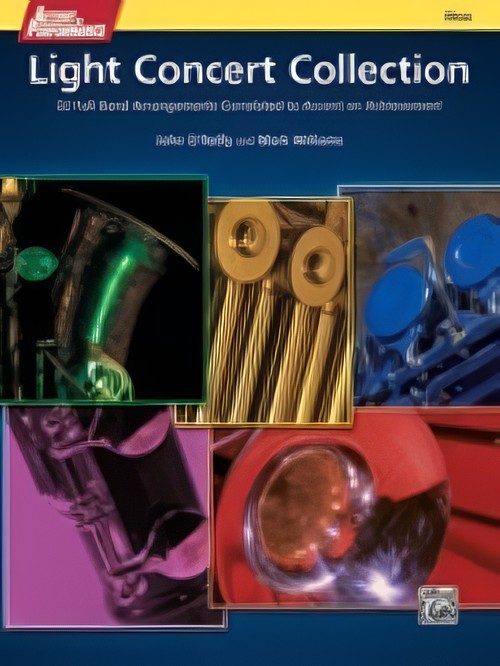 £6.50
£6.50ACCENT ON PERFORMANCE: Light Concert Collection (Oboe) - O'Reilly & Williams
Oboe book only. Over the course of ten years, legendary young-band composers John O'Reilly and Mark Williams composed and arranged over 100 creative works that correlate with specific pages in their highly successful band method, Accent on Achievement. These arrangements are now available in a book format that includes 22 full arrangements in each collection. The Light Concert Collection includes creative arrangements of folk, rock, jazz, and Latin-American music. Titles: Rockin' la Bamba * Sailors Holiday * River Trilogy * No Drummer Left Behind * African Marching Song * Stand Up and Swing * and 16 others. The comb binding creates a lay-flat book that is perfect for study and performance
Estimated dispatch 7-14 working days
-
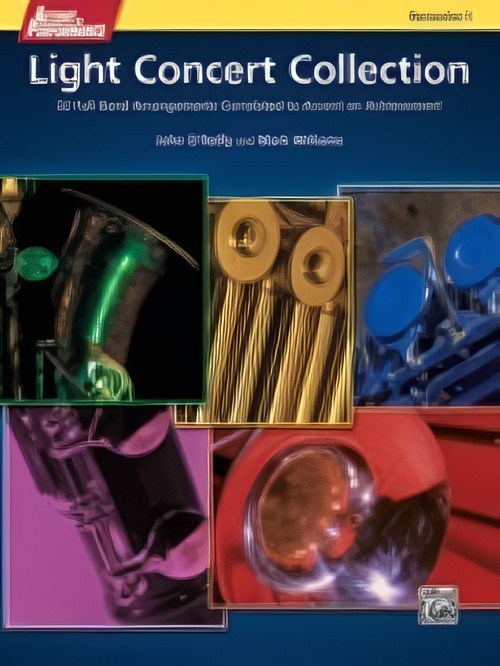 £6.50
£6.50ACCENT ON PERFORMANCE: Light Concert Collection (Percussion 1) - O'Reilly & Williams
Percussion 1 book only. Over the course of ten years, legendary young-band composers John O'Reilly and Mark Williams composed and arranged over 100 creative works that correlate with specific pages in their highly successful band method, Accent on Achievement. These arrangements are now available in a book format that includes 22 full arrangements in each collection. The Light Concert Collection includes creative arrangements of folk, rock, jazz, and Latin-American music. Titles: Rockin' la Bamba * Sailors Holiday * River Trilogy * No Drummer Left Behind * African Marching Song * Stand Up and Swing * and 16 others. The comb binding creates a lay-flat book that is perfect for study and performance
Estimated dispatch 7-14 working days
-
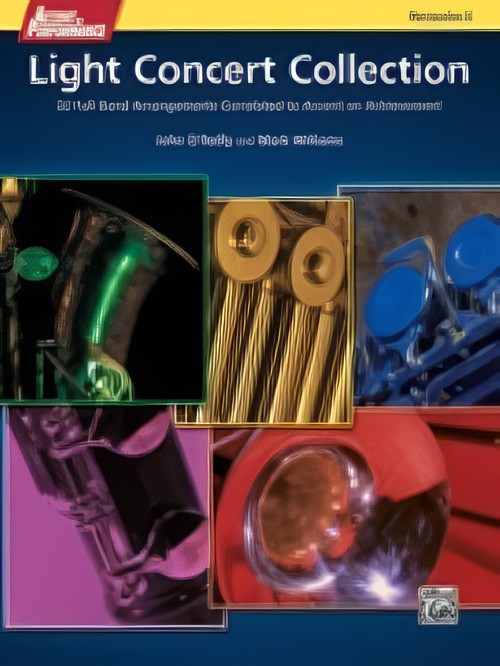 £6.50
£6.50ACCENT ON PERFORMANCE: Light Concert Collection (Percussion 2) - O'Reilly & Williams
Percussion 2 book only. Over the course of ten years, legendary young-band composers John O'Reilly and Mark Williams composed and arranged over 100 creative works that correlate with specific pages in their highly successful band method, Accent on Achievement. These arrangements are now available in a book format that includes 22 full arrangements in each collection. The Light Concert Collection includes creative arrangements of folk, rock, jazz, and Latin-American music. Titles: Rockin' la Bamba * Sailors Holiday * River Trilogy * No Drummer Left Behind * African Marching Song * Stand Up and Swing * and 16 others. The comb binding creates a lay-flat book that is perfect for study and performance
Estimated dispatch 7-14 working days
-
 £22.50
£22.50ACCENT ON PERFORMANCE: Light Concert Collection (Score) - O'Reilly & Williams
Score only. Over the course of ten years, legendary young-band composers John O'Reilly and Mark Williams composed and arranged over 100 creative works that correlate with specific pages in their highly successful band method, Accent on Achievement. These arrangements are now available in a book format that includes 22 full arrangements in each collection. The Light Concert Collection includes creative arrangements of folk, rock, jazz, and Latin-American music. Titles: Rockin' la Bamba * Sailors Holiday * River Trilogy * No Drummer Left Behind * African Marching Song * Stand Up and Swing * and 16 others. The comb binding creates a lay-flat book that is perfect for study and performance
Estimated dispatch 7-14 working days
-
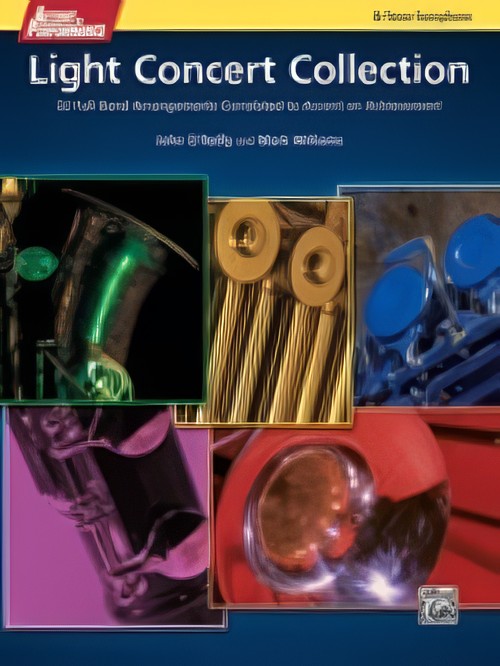 £6.50
£6.50ACCENT ON PERFORMANCE: Light Concert Collection (Tenor Saxophone) - O'Reilly & Williams
Tenor Saxophone book only. Over the course of ten years, legendary young-band composers John O'Reilly and Mark Williams composed and arranged over 100 creative works that correlate with specific pages in their highly successful band method, Accent on Achievement. These arrangements are now available in a book format that includes 22 full arrangements in each collection. The Light Concert Collection includes creative arrangements of folk, rock, jazz, and Latin-American music. Titles: Rockin' la Bamba * Sailors Holiday * River Trilogy * No Drummer Left Behind * African Marching Song * Stand Up and Swing * and 16 others. The comb binding creates a lay-flat book that is perfect for study and performance
Estimated dispatch 7-14 working days
-
 £6.50
£6.50ACCENT ON PERFORMANCE: Light Concert Collection (Trombone) - O'Reilly & Williams
Trombone book only. Over the course of ten years, legendary young-band composers John O'Reilly and Mark Williams composed and arranged over 100 creative works that correlate with specific pages in their highly successful band method, Accent on Achievement. These arrangements are now available in a book format that includes 22 full arrangements in each collection. The Light Concert Collection includes creative arrangements of folk, rock, jazz, and Latin-American music. Titles: Rockin' la Bamba * Sailors Holiday * River Trilogy * No Drummer Left Behind * African Marching Song * Stand Up and Swing * and 16 others. The comb binding creates a lay-flat book that is perfect for study and performance
Estimated dispatch 7-14 working days
-
 £6.50
£6.50ACCENT ON PERFORMANCE: Light Concert Collection (Trumpet 1) - O'Reilly & Williams
Trumpet 1 book only. Over the course of ten years, legendary young-band composers John O'Reilly and Mark Williams composed and arranged over 100 creative works that correlate with specific pages in their highly successful band method, Accent on Achievement. These arrangements are now available in a book format that includes 22 full arrangements in each collection. The Light Concert Collection includes creative arrangements of folk, rock, jazz, and Latin-American music. Titles: Rockin' la Bamba * Sailors Holiday * River Trilogy * No Drummer Left Behind * African Marching Song * Stand Up and Swing * and 16 others. The comb binding creates a lay-flat book that is perfect for study and performance
Estimated dispatch 7-14 working days
-
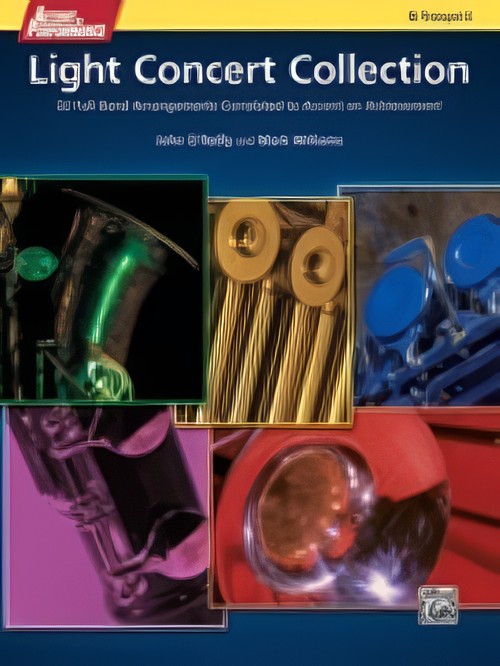 £6.50
£6.50ACCENT ON PERFORMANCE: Light Concert Collection (Trumpet 2) - O'Reilly & Williams
Trumpet 2 book only. Over the course of ten years, legendary young-band composers John O'Reilly and Mark Williams composed and arranged over 100 creative works that correlate with specific pages in their highly successful band method, Accent on Achievement. These arrangements are now available in a book format that includes 22 full arrangements in each collection. The Light Concert Collection includes creative arrangements of folk, rock, jazz, and Latin-American music. Titles: Rockin' la Bamba * Sailors Holiday * River Trilogy * No Drummer Left Behind * African Marching Song * Stand Up and Swing * and 16 others. The comb binding creates a lay-flat book that is perfect for study and performance
Estimated dispatch 7-14 working days
-
 £6.50
£6.50ACCENT ON PERFORMANCE: Light Concert Collection (Tuba) - O'Reilly & Williams
Tuba book only. Over the course of ten years, legendary young-band composers John O'Reilly and Mark Williams composed and arranged over 100 creative works that correlate with specific pages in their highly successful band method, Accent on Achievement. These arrangements are now available in a book format that includes 22 full arrangements in each collection. The Light Concert Collection includes creative arrangements of folk, rock, jazz, and Latin-American music. Titles: Rockin' la Bamba * Sailors Holiday * River Trilogy * No Drummer Left Behind * African Marching Song * Stand Up and Swing * and 16 others. The comb binding creates a lay-flat book that is perfect for study and performance
Estimated dispatch 7-14 working days
-
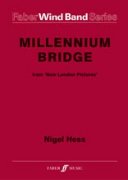 £55.00
£55.00Millennium Bridge (from New London Pictures) (Concert Band - Score and Parts) - Hess, Nigel
Millennium Bridge' describes the pedestrian's journey across this wonderful new landmark bridge over the Thames, starting at the imposing Tate Modern, crossing the busy river, and onwards to St. Paul's Cathedral with its bells ringing out over the great city.This piece is the first movement of the work from the pen of Nigel Hess - 'New London Pictures', which represents elements of London in the 21st Century.Duration: 4.00
Estimated dispatch 7-14 working days
